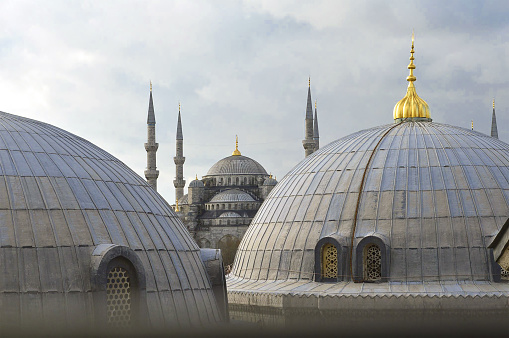
22/07/22 16:20 PM IST


Why Supreme Court invoked the Article 142 during the verdict?
When Babri Masjid was constructed?
Where it was mentioned that Temple existed beneath Mosque?
Liberhan Commission
Who were the travellers mentioned in Ayodhya judgement?
How this verdict is significant for India?

17 Sep
'Dehradun and several other districts in Uttarakhand have experienced very heavy rainfall over the past few days, triggering landslides in multiple areas and causing rivers to swel
Read More
08 Sep
'The Rajasthan Coaching Centres (Control and Regulation) Bill, 2025, is a significant piece of legislation passed by the Rajasthan Assembly to regulate and oversee the state's burg
Read More
28 Aug
'Recently, the Indian Space Research Organisation (ISRO) successfully carried out its first Integrated Air Drop Test (IADT-1), a crucial milestone in the preparation for the countr
Read More